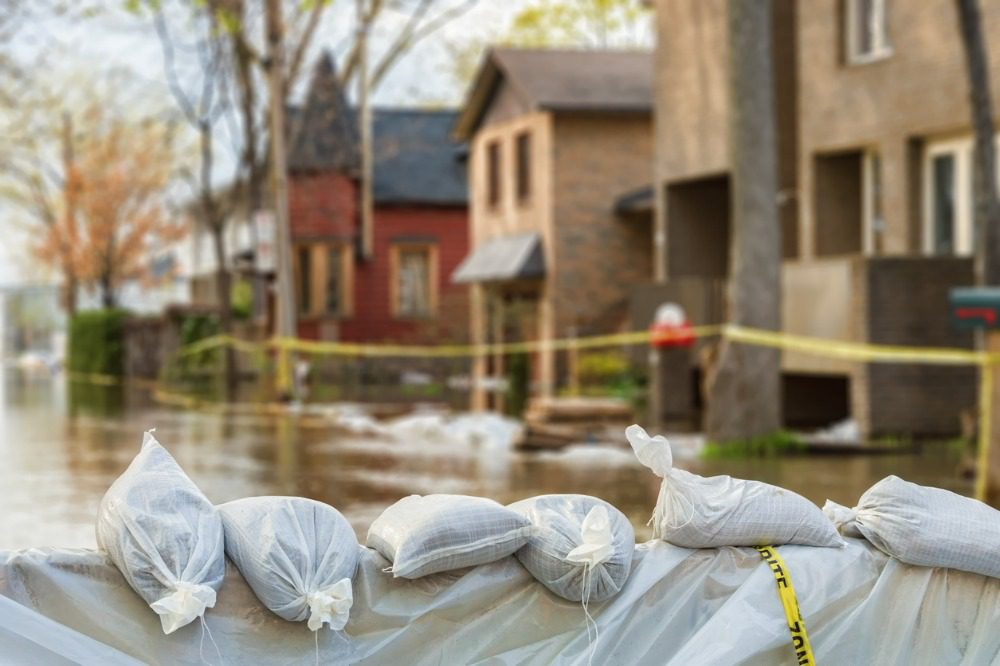Experts share tips on how to keep homes safe after floods

According to Dr Lucy Telfar Barnard, senior research fellow at the He Kāinga Oranga Housing and Health Research Programme, University of Otago, dampness caused by floods is worse than that caused by a plumbing leak, as floodwater is often contaminated with sewage and other dirty substances.
“So that means you need to do quite an extensive clean-up,” Barnard said. “Any kind of absorbent building materials have got to go. If you have carpet or some kind of layered flooring, it may have to be replaced. That’s because it’s not just about the surface contaminants, but also what’s sitting underneath – and the smell that will not go away unless you do that.”
Barnard also raised concerns about mould inside the home. She advised people with respiratory conditions to stay somewhere dry, to prevent mould growth from exacerbating their condition. She also urged residents to immediately check electrical safety to avoid shocks or explosions once power returns.
After major disasters such as floods and cyclones, disputes between landlords and renters often arise regarding the state of the property and habitability.
“The law for residential rentals says if the property is uninhabitable, you can stop paying rent, and you can give two days’ notice,” Barnard said. “If it’s only partially uninhabitable then it gets tricky, because if the landlord doesn’t agree, you’ll have to go to the tenancy tribunal to have the lease ended.
“If you can’t access a house without passing through flood-inundated areas, then I would say the house is uninhabitable, as you can’t enter without exposing yourself to a health risk. Basically, if you can’t live there, you don’t have to pay rent. Landlords should have insurance to cover this, and if they don’t then it’s not the tenant’s responsibility.”
Dr Sarah Bierre, senior research fellow, Department of Public Health, University of Otago, added that tenants and landlords should work together in assessing property damage once authorities declare that it is safe to return.
“We often hear about insurance and assistance for people who own the home they live in, but we hear less about how tenants and landlords can navigate flood damage,” Bierre said. “If a tenant’s home has been impacted by flooding, after ensuring their safety, the first thing to do is let the landlord know of any damage. Likewise, landlords should check in with tenants. While it’s important that tenants and landlords work together to resolve issues, there are also laws that set out how things should be managed.
“It’s the landlord’s responsibility to pay for repairs to the house. It’s important the house is dried out properly to prevent mould growth and that damaged or contaminated fixings are replaced.
“Repairing the house might not always be possible or might take a long time. If the house has been destroyed or is uninhabitable tenants will not be able to live in the property and the tenancy may need to end. The notice period for tenants is two days, landlords must give seven days’ notice.”
If just part of the house is rendered uninhabitable, Bierre said the rent should be reduced while it is being fixed. If the tenant has to leave while repairs are done, then no rent should be paid. In cases where it is better for the tenancy to end, a landlord or tenant can apply to the Tenancy Tribunal to terminate the tenancy.





